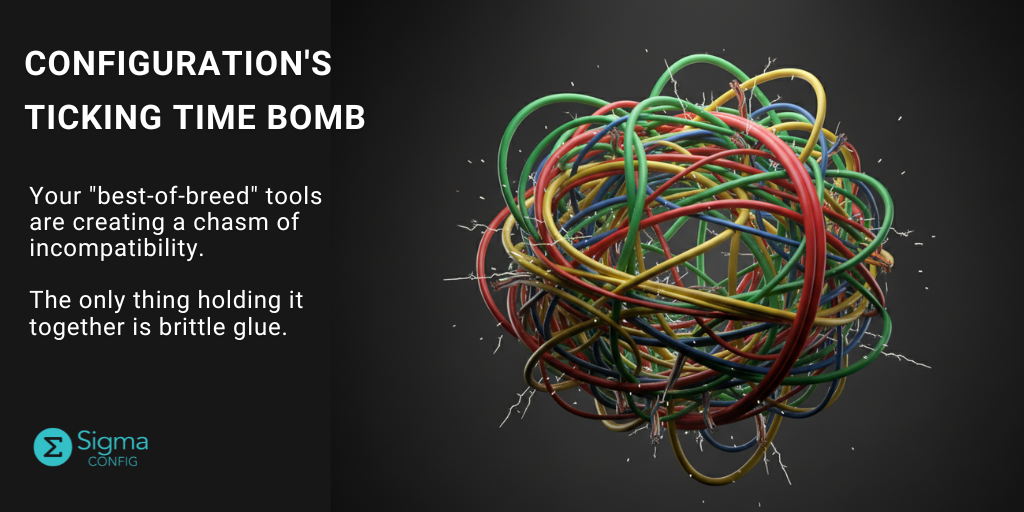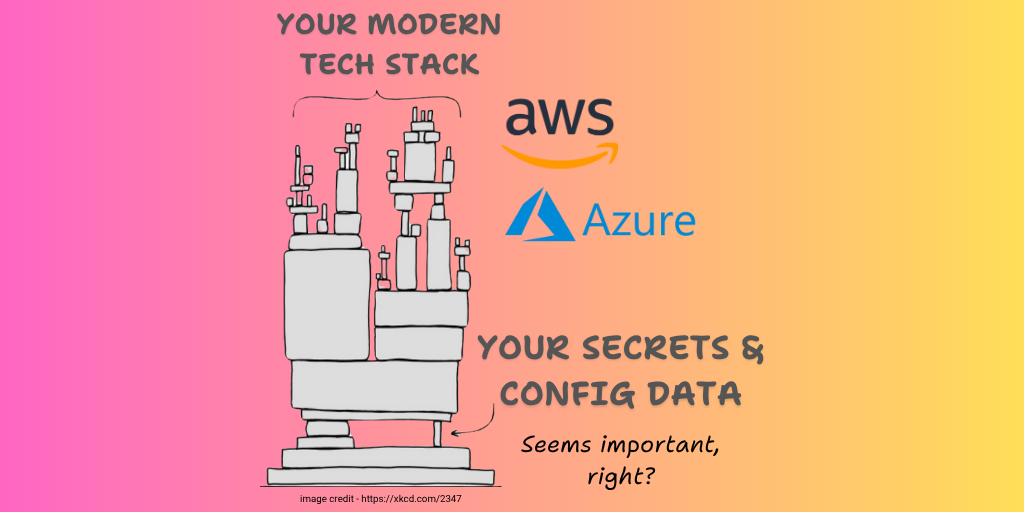
Consequences and Mitigation Trends for Rampant Secrets Sprawl
Secrets, even DevOps teams have them. As applications become more complex (i.e. monoliths breaking up into microservices,) managing secrets in a distributed environment has become a time-consuming and error-prone challenge.
Managing secrets is one of the most important components of a comprehensive configuration management strategy. In response, unified configuration management solutions provide consolidated access to all parameters, environment variables, and secrets. This unified view of all config data streamlines workflows, enhances compliance, reduces errors, and boosts productivity.
“Secrets Management” is shorthand for the tools and methods used to manage passwords, access keys, APIs, tokens, cloud secret keys, SSH keys, and certificates. This privileged information is literally the “keys to the kingdom” and DevOps teams go to great lengths to ensure secrets are protected. This is why dedicated secrets management systems are quickly becoming a must-have for every organization.
Consequences of Configuration Sprawl
As companies add more team members, create new applications, integrate more 3rd party API services, and deploy to multiple clouds and regions, the number of secrets that need to be managed expands exponentially. DevSecOps teams implement more configuration management tools to meet this need and this is where sprawl creeps in.
In many organizations, there are often multiple secret management systems being used by different teams from vendors such as HashiCorp Vault, AWS, Microsoft, Google, and CyberArk.
Numerous inefficiencies arise because this digital authentication credential data is stored in multiple different ways and locations, making auditing and governance a burden and increasing cognitive load and constant context switching between various tools and interfaces to “find the secret quickly.”
Configuration data sprawl is at the heart of these pain points:
- Inefficiencies arise because each system is maintained independently, causing DevSecOps teams to spend a lot of time playing whack-a-mole rotating keys and passwords and figuring out which systems are current and which need to be updated.
- Security is implemented inconsistently. Holes arise as permissions and workflow approvals are implemented in different ways. In certain cases, employees retain permission to an application long after they have left the company, creating security holes.
- Cloud operations teams lack visibility into secrets change management, so they are not able to meet their own internal compliance policies for effective change management observability.
Secrets sprawl inevitably causes corporations to lose agility. A recent trend is to empower developers to take more ownership in security and reliability. This movement is called “shift left.”
In theory “shift left” reduces the task burden on the DevSecOps teams (because developers are now more involved in maintaining the security posture.) But also creates new problems in that secrets and configuration management becomes more distributed and decentralized.
A unified secrets and configuration management solution is the antidote to this pain.
The Secrets Out on Unified Configuration Management
Cloud engineering and operations teams are turning to next-generation secrets management solutions to ease the burden and simplify secrets administration and security. A unified configuration management system consolidates and coordinates the disparate secrets solutions into a single cohesive system, all the while enforcing role-based access control policies and maintaining comprehensive audit trails.
CloudTruth is one example of a unified approach, providing an integrated view of secrets independent of where they are stored. Consequently, developers and operations staff no longer grapple with multiple instances of secrets managers and instead work with a consistent, unified solution. As a result, they gain visibility about secrets, changes, and configurations.
A solution designed to ease configuration management policy enforcement, CloudTruth unifies access to all secrets and configuration data with a single API, CLI or GUI. Centralized access with a strong role-based access control (RBAC) capability is the best way to guard against secret sprawl causing misconfigurations that lead to unplanned downtime or a security breach.
Centralized Secrets Management is the Antidote to Configuration Sprawl
Secrets are vital to operating a secure computing platform. Secrets management tools protect this important operations data.
Since there are typically multiple secrets storage tools used in a fast-growing project, enterprises need a unified view into where and how all secrets are managed. A single record of “configuration truth” reduces cognitive load, increases team velocity, and ensures misconfigurations are not the leading contributing factor to unplanned downtime or a security breach.
Simplify your cloud configuration complexity with a no-obligation free trial.
Join ‘The Pipeline’
Our bite-sized newsletter with DevSecOps industry tips and security alerts to increase pipeline velocity and system security.


